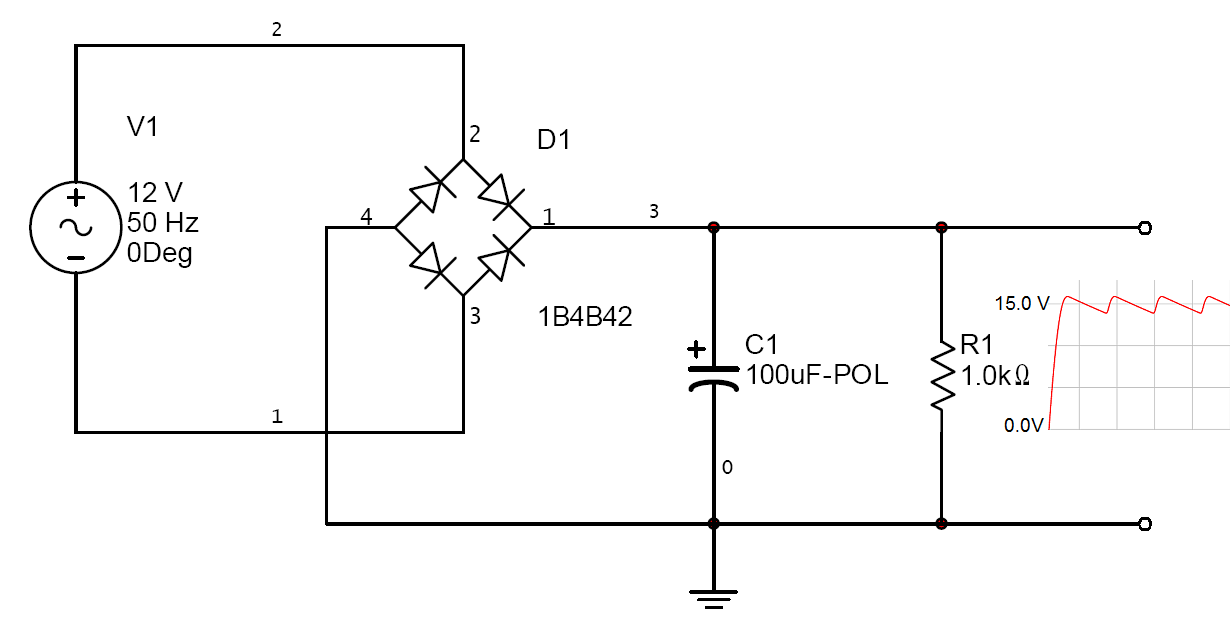I won't get into details (since there are more things to consider that one might think to get it absolutely right and efficient) and just give a quick overview to get started. Lets begin with the transformer. When choosing a transformer there are three main requirements to consider
- Power rating - What are your load requirements?
- Primary input voltage - 220V in your case
- Secondary output voltage(s) - discussed below
So what output voltage should you choose for your example? Lets look at your requirement to generate 12V DC using an linear regulator. Since the regulator has some internal voltage drop, we should consider feeding it at least 14V DC as input voltage.
Lets take a quick look at how we would get a DC voltage from the transformers secondary:

So in this example, there are V1 = 12V AC (transformer secondary) going through a full wave rectifier. The rectified output is then smoothed by a capacitor (ignore R1 for this example). Why is the output voltage shown as 15V? The actual peak voltage on the transformer is higher than the given RMS average (peak V is theoretically ~1.414 times the RMS voltage). So we would get about
12V * 1.414 = 16.97V
minus the drop from the diodes (about 0.7V for each polarity). So we end up with
16.97V - 2 x 0.7V = 15.57V
This would mean that the linear regulator would have to drop about 3.5V which could result in significant power dissipation, depending on your load current (3.5W @1A). So one should consider choosing a lower output voltage on the secondary.
What about the other two voltages, 9V and 5V? Well, one way would be to just feed the 12V DC output from the first regulator to the input of the 9V regulator and use that one to supply the 5V regulator. However, this would waste plenty of energy (again, depending on your load current). A more efficient option would be to use a custom transformer with 3 secondary windings, each feeding a carefully matched voltage to each of your regulators.
Be careful to select an capacitor with an appropriate voltage rating and low ESR. The output voltage of a transformer can be much higher under no-load conditions. So a 16V rating would not be sufficient for C1.

